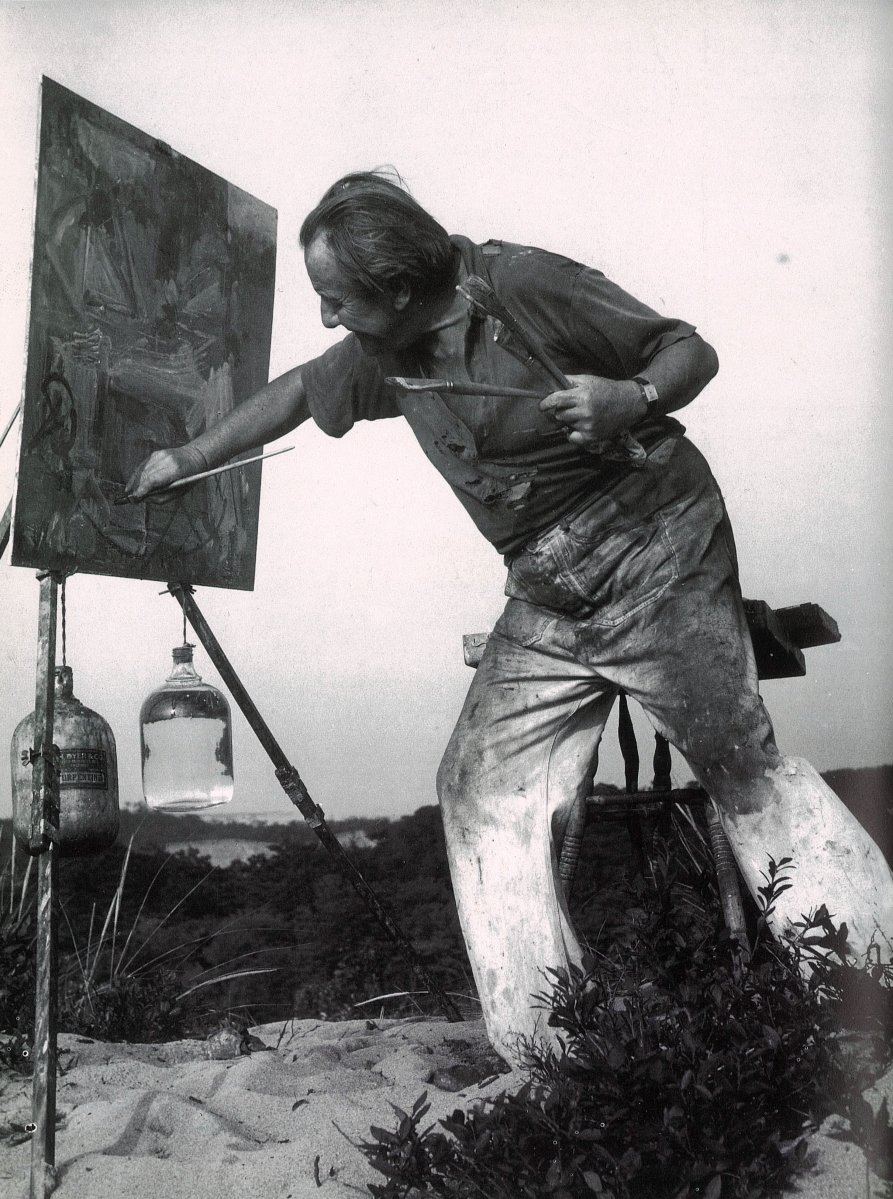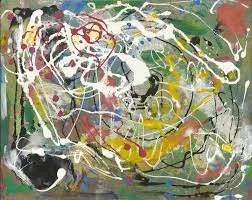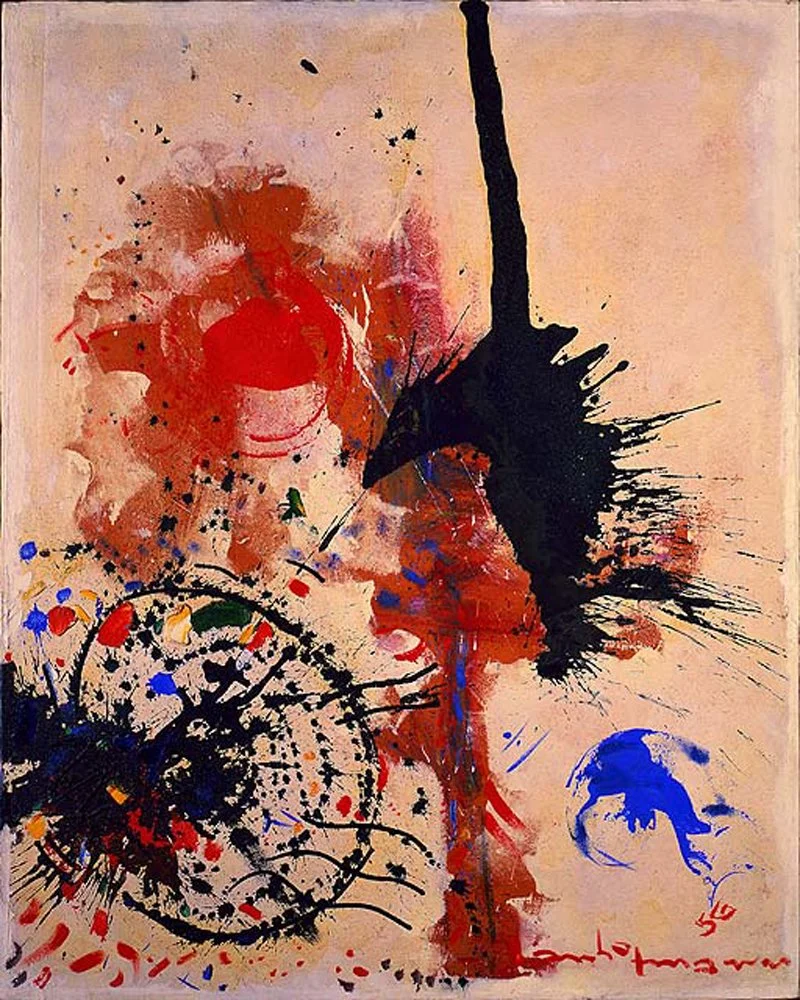
Hans Hoffman
Hans Hofmann was an American-German Abstract Expressionist painter regarded as one of the most influential art teachers of the 20th century. In works such as The Golden Wall (1961), Hofmann disbelieve his belief in the emotional potential of color. “Color is a plastic means of creating intervals—color harmonics produced by special relationships, or tensions,” he once remarked. Born on March 21, 1880 in Weissenberg, Germany, his family moved to Munich, where as a precocious teenager Hofmann produced scientific inventions, including a radar device. Working for the Bavarian government as young man, he moved to Paris in 1904 to pursue a career in art. In 1915, he opened his own art school in Munich, which operated until 1930, when he was invited to teach in the United States. While in New York, he served as a mentor to Helen Frankenthaler, Ray Eames, and Lee Krasner, as well as becoming close friend of Jackson Pollock. In 1960, Hofmann’s work was featured in the Venice Biennale, and three years later, The Museum of Modern Art mounted the landmark exhibition “Hans Hofmann and His Students.” The artist died on February 17, 1966 in New York, NY. Today, his works are held in the collections of the Art Institute of Chicago, the Metropolitan Museum of Art in New York, the Peggy Guggenheim Collection in Venice, the Tate Gallery in London, and the National Gallery of Art in Washington, D.C., among others
Credit artnet.com




